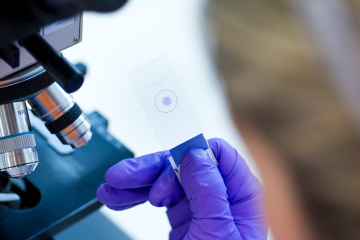Project grant
Refinement of animal studies on emesis by defining human biomarkers of nausea

At a glance
Completed
Award date
September 2009 - May 2012
Grant amount
£287,603
Principal investigator
Professor Qasim Aziz
Institute
Queen Mary University of London
R
- Replacement
Read the abstract
View the grant profile on GtR
